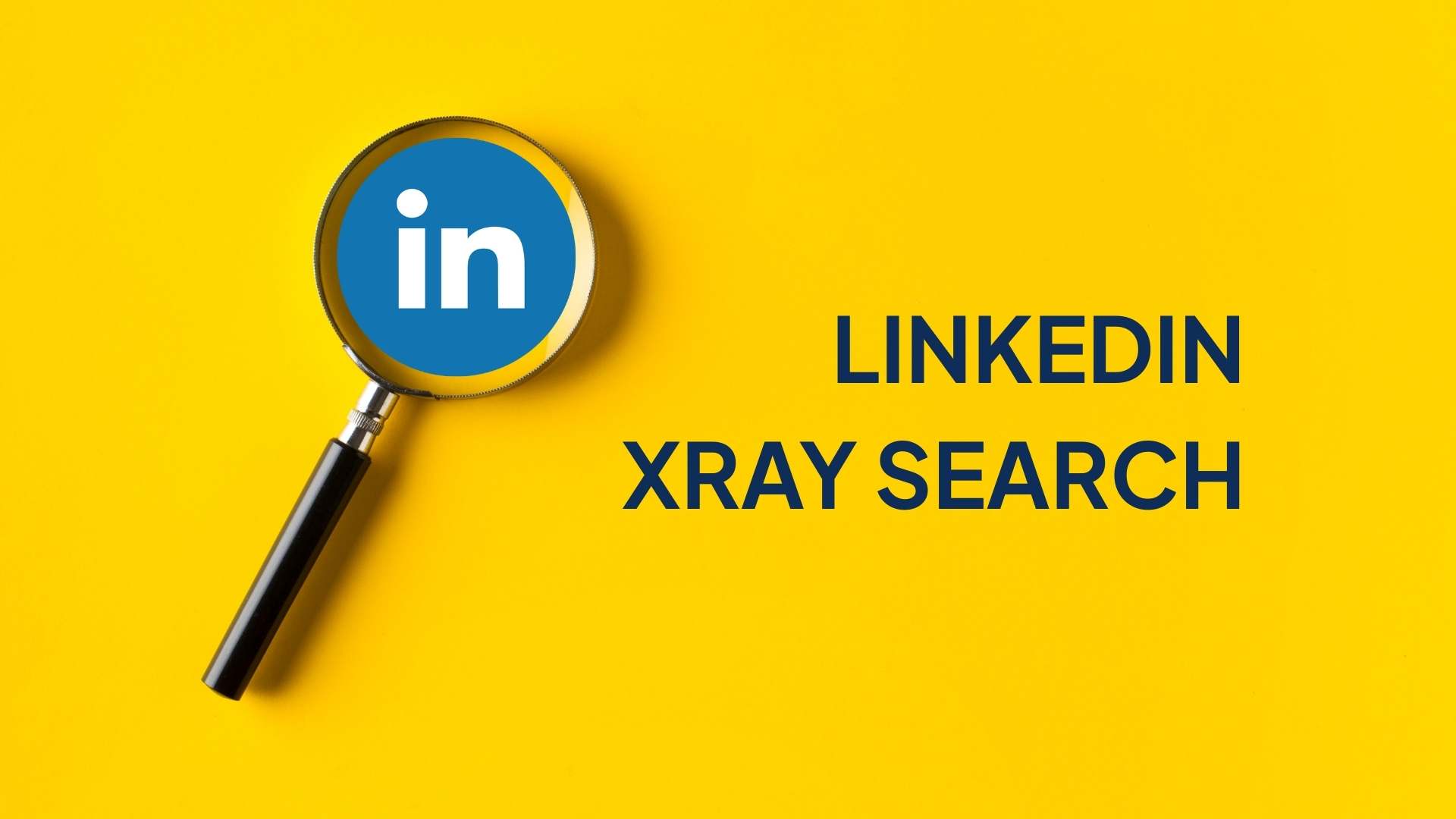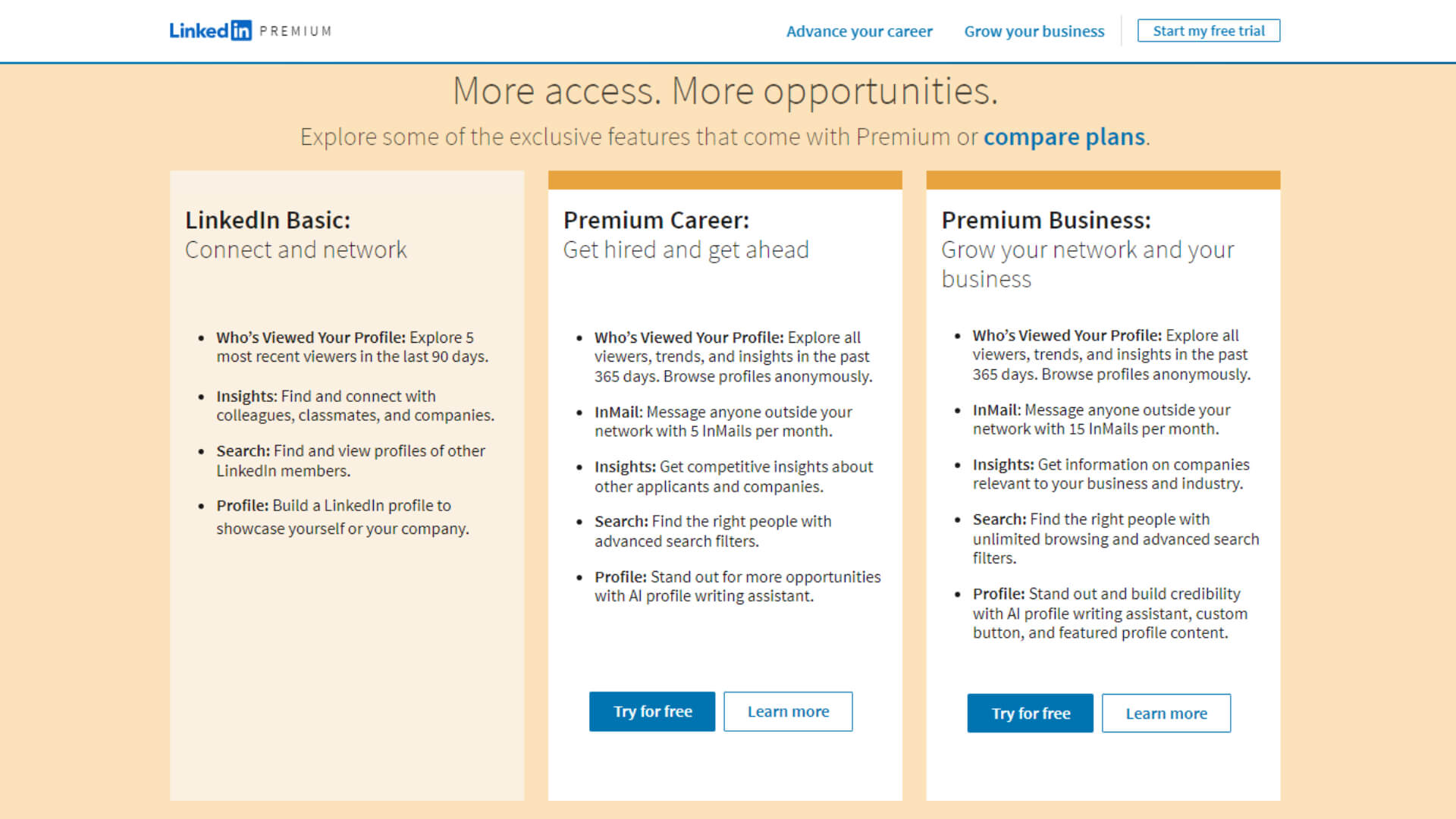
Lead acquisition is one of the most important components of a company's growth plan in the dynamic world of business. However, what is lead acquisition precisely, and why is it so important? We'll go over the nuances of lead acquisition, how it differs from lead generation, and 10 best practices for lead acquisition success in 2024 in this extensive guide.
What is a Lead?
It is vital to comprehend the definition of a lead prior to engaging in lead acquisition. A lead is a person or organization that has expressed interest in the goods or services that your company provides. You can show your interest by contacting you via a contact form, signing up for a newsletter, downloading an eBook, or making any other kind of interaction with your business. Put differently, a lead is a prospective client who has accessed your sales funnel and may be encouraged to complete a purchase.
What is Lead Acquisition?
The act of finding these prospective clients and assisting them in becoming qualified leads—people who have a higher chance of becoming paying customers—is known as lead acquisition. Capturing, screening, and integrating leads into the lead acquisition funnel is the process that gets them ready to be nurtured and eventually converted.
Activities that fall under the category of lead acquisition include:
- Lead generation, which is the process of drawing in new clients via inbound marketing initiatives.
- Networking: Creating connections within pertinent communities and businesses.
- Outbound strategies: Reaching out to potential customers via direct message, cold emails, and phone calls.
Building a pool of qualified leads that your sales staff can turn into customers is the main objective of lead acquisition; doing so will help your company grow and become profitable.
Lead Acquisition vs. Lead Generation
While lead acquisition and lead generation are closely related, they are not the same. Lead generation is the process of collecting contact information from potential customers who have expressed interest in your product or service. This might involve marketing efforts like content marketing, SEO, social media engagement, or paid advertising to attract leads. Lead acquisition, on the other hand, goes a step further. It involves not only generating leads but also filtering, nurturing, and preparing them for conversion. While lead generation focuses on capturing interest, lead acquisition is about refining that interest and guiding leads through the sales funnel.
Top 10 Lead Acquisition Strategies for Companies in 2024
With the basics of lead acquisition covered, let’s delve into the top strategies that companies should consider to optimize their lead acquisition efforts in 2024.
1. Prioritize Quality Over Quantity
In lead acquisition, the quality of leads is far more important than the quantity. While it might be tempting to generate a high volume of leads, it's crucial to ensure that these leads align closely with your Ideal Customer Profile (ICP) and buyer personas. By focusing on high-quality leads, your sales team can increase the likelihood of conversions, ultimately improving your return on investment (ROI). A smaller number of high-quality leads is often more valuable than a large volume of unqualified leads. High-quality leads are more likely to convert, require less nurturing, and can provide a better return on investment. By targeting the right audience and ensuring that your marketing efforts attract leads who are genuinely interested in your products or services, you can make your lead acquisition process more efficient and effective.
2. Leverage Automated Lead Generation Tools
In 2024, automation continues to be a game-changer in lead acquisition. Automated lead generation tools like Skylead can help businesses streamline the process of gathering, attracting, and engaging potential leads. These tools enable you to reach a larger audience more efficiently, automate personalized outreach, and enhance the quality of your interactions with leads. Skylead, for example, offers LinkedIn automation, multichannel outreach, and email discovery and verification. By automating these processes, businesses can focus on nurturing and converting leads, saving time and resources while maximizing their reach. Automation tools also allow you to create personalized experiences at scale, making it easier to engage with leads and move them through the sales funnel. With features like smart sequences and personalized content, automated tools can significantly enhance your lead acquisition efforts.
3. Qualify and Segment Your Leads
Not all leads are created equal, and it's essential to qualify and segment them based on their likelihood to convert. Lead qualification involves assessing factors such as a lead’s level of interest, budget, and decision-making power within their organization. By scoring and categorizing leads, you can focus your efforts on those most likely to become customers. Lead segmentation involves dividing your leads into different categories based on specific criteria like demographics, behavior, and acquisition channels. This allows you to tailor your marketing and sales strategies to each segment, providing a more personalized experience and increasing the chances of conversion. For example, you might have one segment of leads that are highly engaged and ready to buy, while another segment might require more nurturing. By addressing the unique needs and pain points of each segment, you can improve your lead acquisition effectiveness.
4. Implement Inbound Marketing Strategies
Inbound marketing remains a powerful strategy for lead acquisition. By creating valuable content, optimizing your website for search engines, and engaging with your audience on social media, you can attract potential customers naturally. Inbound marketing focuses on drawing leads to your business by offering content that answers their questions, solves their problems, and provides value. This content could be in the form of blog posts, eBooks, webinars, or videos that educate your audience and build trust. Search engine optimization (SEO) is a critical component of inbound marketing. By optimizing your content for relevant keywords, you can ensure that your business appears in search results when potential customers are looking for solutions you offer. Social media engagement also plays a significant role in inbound marketing. By actively participating in industry conversations, sharing valuable content, and interacting with your audience, you can build relationships and attract leads.
5. Use Data-Driven Decision Making
In 2024, data is more accessible than ever, and leveraging it can significantly enhance your lead acquisition strategies. By tracking metrics like conversion rates, customer lifetime value, and lead sources, you can identify patterns and optimize your efforts. Data-driven decision-making involves analyzing your lead acquisition efforts to understand what’s working and what’s not. For instance, you can track which marketing channels are generating the most leads, which content is resonating with your audience, and which leads are converting at the highest rates. This information can help you refine your lead acquisition strategies, allocate resources more effectively, and make informed decisions about where to focus your efforts. Attribution is another crucial aspect of data-driven decision-making. Attribution involves assigning credit to the marketing channels and touchpoints that lead to a conversion. By understanding which touchpoints are most effective, you can optimize your lead acquisition efforts and allocate your marketing budget more efficiently.
6. Focus on Intent Data
Intent data provides insights into a lead's behavior and level of interest in your products or services. By monitoring intent data, businesses can identify and prioritize leads who are more likely to convert. Platforms like LinkedIn Sales Navigator and G2 offer features that allow you to track buyer intent. This data can help your sales team focus on leads who are actively researching your industry, competitors, or specific products. By targeting these high-intent leads, you can increase your chances of conversion and improve the efficiency of your lead acquisition process. Intent data can also help you tailor your messaging to address the specific needs and interests of your leads. For example, if a lead has been researching a particular product, you can provide them with relevant information, case studies, or testimonials that align with their interests.
7. Develop Strategic Partnerships
Forming strategic partnerships with complementary businesses can be an effective lead acquisition strategy. By collaborating with companies that offer products or services that complement your own, you can tap into their customer base and generate new leads. For example, a company that sells accounting software might partner with a business that offers financial consulting services. By working together, they can offer a comprehensive solution to their customers and cross-promote each other’s services. Strategic partnerships can also provide opportunities for co-marketing initiatives, joint events, and shared resources, all of which can enhance your lead acquisition efforts. When developing strategic partnerships, it’s essential to ensure that both parties benefit from the collaboration. By aligning your goals and working together, you can create a win-win situation that drives lead acquisition for both businesses.
8. Optimize Your Website for Lead Generation
Your website is often the first point of contact for potential leads, so it’s essential to optimize it for lead generation. This includes creating clear calls to action (CTAs), offering valuable content in exchange for contact information, and ensuring that your website is user-friendly and mobile-responsive. A well-optimized website should guide visitors through the buyer’s journey, from awareness to consideration to decision. By providing relevant content and resources at each stage, you can nurture leads and move them closer to conversion. For example, you might offer a free eBook or webinar in exchange for a visitor’s email address. Once you have their contact information, you can nurture them with personalized content and follow-up emails that address their specific needs. It’s also important to optimize your website for search engines (SEO) to ensure that potential leads can find you online. This involves optimizing your website’s content, structure, and metadata to improve its visibility in search results.
9. Leverage Social Proof
Social proof is a powerful tool in lead acquisition. Potential customers are more likely to trust your business if they see that others have had positive experiences with your products or services. By showcasing customer testimonials, case studies, reviews, and social media mentions, you can build credibility and trust with your audience. Social proof can take many forms, including:
- Customer testimonials: Sharing positive feedback from satisfied customers.
- Case studies: Highlighting success stories that demonstrate the value of your products or services.
- Reviews: Encouraging customers to leave reviews on platforms like Google, Yelp, or Trustpilot.
- Social media mentions: Showcasing positive comments, shares, and engagement on social media.
By incorporating social proof into your lead acquisition strategy, you can reassure potential leads that your business is trustworthy and reliable.
In addition to building trust, social proof can also help you differentiate your business from competitors. By highlighting the unique benefits and positive experiences that customers have had with your products or services, you can position your business as a leader in your industry.
10. Invest in Paid Advertising
Paid advertising continues to be a valuable tool for lead acquisition. Platforms like Google Ads, Facebook Ads, and LinkedIn Ads offer highly targeted advertising options that allow you to reach your ideal audience. By investing in paid advertising, you can increase your visibility, drive traffic to your website, and generate leads. Paid advertising allows you to target specific demographics, interests, and behaviors, ensuring that your ads are seen by the right people. Retargeting is another effective paid advertising strategy. Retargeting involves showing ads to people who have already visited your website or interacted with your content. By reminding them of your products or services, you can increase the likelihood of conversion. To make the most of your paid advertising efforts, it’s essential to continually monitor and optimize your campaigns. This involves tracking key metrics like click-through rates (CTR), conversion rates, and cost per lead (CPL) to ensure that your ads are performing effectively.
Conclusion
Lead acquisition is a dynamic and multifaceted process that requires a combination of strategies to be successful. Companies must prioritize quality over quantity, leverage automated tools, and focus on data-driven decision-making to optimize their lead acquisition efforts. By implementing the strategies outlined in this guide, businesses can build a robust pipeline of qualified leads and drive long-term growth. Remember, lead acquisition is not a one-size-fits-all approach. It requires continuous evaluation, testing, and refinement to ensure that you are attracting and converting the right leads for your business. By staying agile and adapting to the latest trends and technologies, you can position your company for success in the competitive landscape of 2024.






